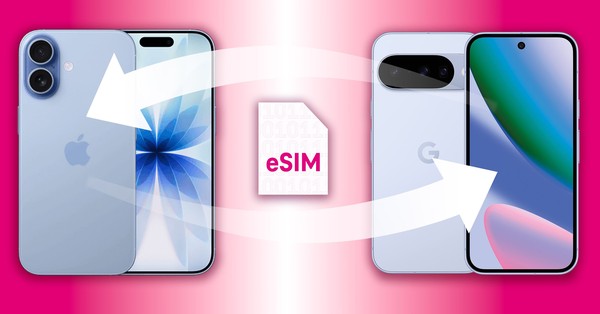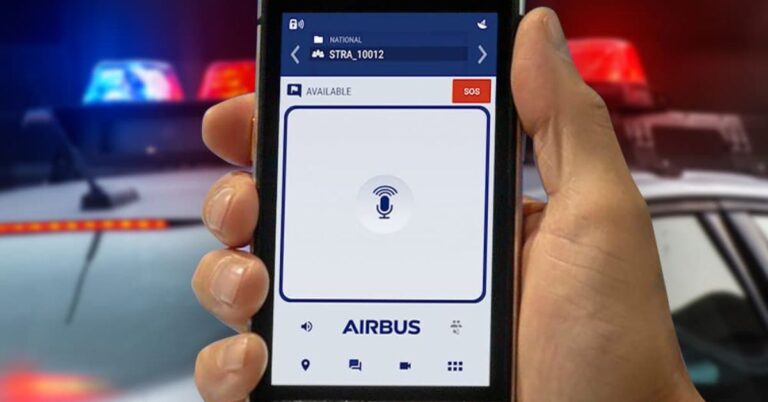Deutsche Telekom launches cross‑platform eSIM transfer for Android and iOS
Deutsche Telekom has launched a first in Europe: seamless eSIM profile transfers across Android and iOS, removing long-standing friction when customers switch devices or platforms.
What’s included in the cross‑platform eSIM launch
Customers on Deutsche Telekom can now move their mobile subscription as an eSIM from Android to iOS and vice versa without a carrier app, QR code, or paperwork. The transfer process is initiated in the settings of the new device and handled natively by the operating system, which detects the previous phone and orchestrates the migration. Deutsche Telekom validates device, tariff, and user eligibility in the background, then authorizes the transfer, preserving the phone number and plan. Initial support includes iPhones running the required software version specified by Telekom and Google Pixel 10 devices, with additional Android models to follow. The capability builds on Deutsche Telekom’s earlier same‑OS transfers (iOS since 2020 and Android since 2023) and extends it to cross‑platform moves.
GSMA TS.43 and entitlement server architecture
The service implements the GSMA TS.43 standard for device‑to‑device eSIM transfer and is anchored by Deutsche Telekom’s in‑house entitlement server. This server governs policy and authorization, enforces security, and allows fast adaptation to new OEM features or standards updates. The operator has scaled this platform across its European footprint since 2017 and plans to extend the cross‑platform transfer capability to additional national companies.
Business impact of cross‑platform eSIM transfer
Cross‑platform eSIM transfer removes a key barrier to device switching and accelerates digital‑first engagement across consumer and enterprise segments.
Frictionless switching drives eSIM adoption and digital sales
Eliminating QR codes, shop visits, and manual processes lowers churn friction and supports win‑back campaigns. It also raises the ceiling on eSIM adoption by making “day‑one” activation and upgrades truly self‑serve, which improves NPS and reduces care and logistics costs tied to plastic SIMs and activation codes.
Benefits for mixed OS households and BYOD programs
Households often mix iOS and Android, and enterprises run blended fleets and BYOD programs. Native, on‑device transfers let users refresh or switch platforms without IT tickets or carrier intervention. That translates into faster employee onboarding, fewer activation failures, and lower downtime during device refresh cycles.
Standards‑based interoperability and security (GSMA TS.43)
By aligning to GSMA TS.43, operators and OEMs can deliver consistent experiences while maintaining a strong security posture. An entitlement server provides policy control, device and tariff checks, and fraud safeguards, creating a scalable foundation for adjacent use cases like multi‑device entitlements, dual‑SIM management, and future cross‑OEM workflows.
How device‑to‑device eSIM transfer works
The new experience leverages OS‑native flows plus operator authorization to move the eSIM profile securely between two devices.
User flow: start on new device, OS‑native migration
The user starts the transfer on the new phone in system settings. The OS locates and pairs with the old device, then requests authorization from Deutsche Telekom. After eligibility checks, the operator approves the move and the eSIM profile is provisioned to the new device’s eUICC. The user’s number and plan carry over automatically, minimizing downtime.
Security, policy checks, and fraud safeguards
The entitlement server verifies the subscriber, device model, software version, and plan, and enforces rules such as device compatibility and transfer limits. Using the TS.43 framework, the transfer occurs over a secure channel with device attestation and user consent, reducing exposure compared with code‑based or manual processes and cutting the risk of SIM swap abuse.
What eSIM is and how cross‑platform transfer differs
eSIM embeds a programmable SIM (eUICC) in the device, enabling remote profile downloads instead of swapping physical cards.
From physical SIM to programmable eUICC
With eSIM, a digital profile replaces the physical SIM, simplifying activation, logistics, and sustainability. Operators can provision service remotely, and users can store multiple profiles on one device, switching lines when needed.
From QR codes to OS‑native cross‑platform transfers
Early eSIM activations relied on QR codes and carrier apps; native OS flows improved that within each platform. Cross‑platform transfer goes further by enabling secure, app‑free moves between Android and iOS, which is crucial when users change ecosystems.
Ecosystem implications and next steps
This launch raises the bar for customer experience and will influence operator roadmaps, OEM partnerships, and enterprise mobility strategies.
Operator priorities and readiness checklist
Assess TS.43 readiness, entitlement server capabilities, and OEM interoperability across Apple and Google. Update care scripts and digital journeys to highlight cross‑platform portability, with clear fallbacks for unsupported devices. Strengthen fraud analytics tied to device change events and align policies for prepaid, postpaid, family plans, and corporate lines. Coordinate with MVNO partners and international affiliates to ensure consistent experience across markets.
Enterprise mobility and channel considerations
Integrate cross‑platform transfers into device lifecycle processes, zero‑touch provisioning, and MDM/EMM workflows. For BYOD, provide simple guidance for employees on initiating transfers and recovering from failures. For corporate‑liable fleets, pair this capability with staggered refreshes to minimize downtime and support secondary market resale without SIM logistics.
What’s next: broader OEM support and new use cases
Expect broader Android OEM support beyond Google, including major vendors. Look for extensions to dual‑SIM and multi‑line scenarios, cross‑border portability within operator groups, and inclusion of MVNO brands. Monitoring metrics such as transfer success rates, care deflection, and activation time will indicate maturity and ROI.
Bottom line: benchmark for frictionless eSIM switching
By enabling secure eSIM transfers between Android and iOS using GSMA TS.43 and its entitlement server, Deutsche Telekom sets a new benchmark for frictionless switching that others will need to match.
Strategic takeaway for operators, OEMs, and enterprises
Operators should fast‑track TS.43 and entitlement modernization, OEMs should maintain tight OS‑level integration, and enterprises should update mobility playbooks to exploit cross‑platform eSIM portability for simpler, faster device transitions.








































